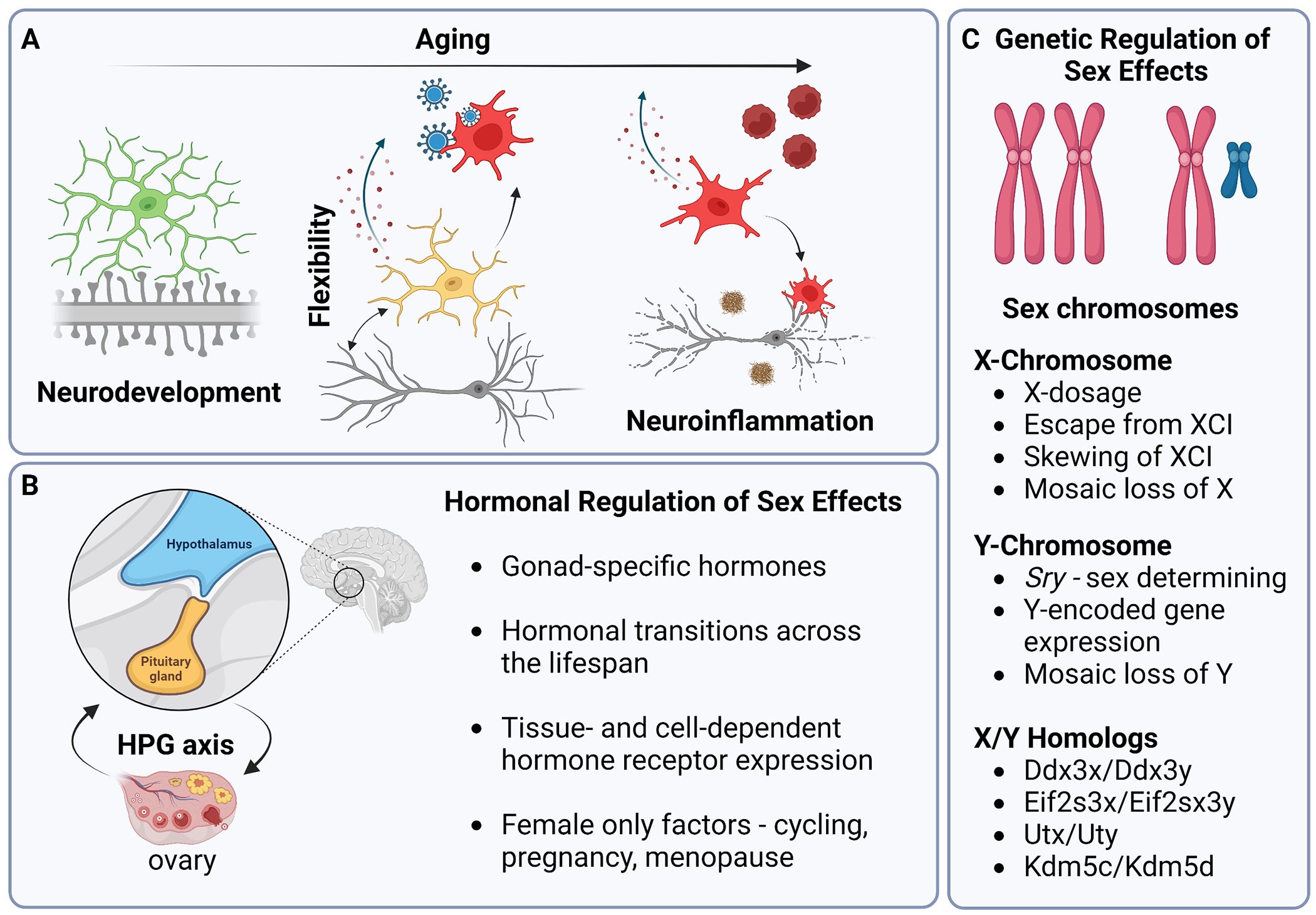Figure 1. Microglial aging and potential mechanisms of sex effect regulation.

A) During development microglia perform important CNS functions, including synaptic pruning in the establishment of neural circuits. Adult microglia continue to support neuronal function through synaptic remodeling and cross-cellular communication. In response to inflammatory stimuli (i.e., infection) microglia react and adopt diverse phenotypic states. With aging microglia adopt a chronic inflammatory phenotype that is characterized by upregulation of pro-inflammatory cytokines/chemokines, decreased motility, and dysfunctional phagocytosis. Aged microglia release factors that alter the integrity of the blood-brain-barrier (BBB) and recruit circulating immune cells to invade the brain parenchyma. Pathological states (i.e., Aβ plaque formation in AD) can interact with microglial aging phenotypes and contribute to neurodegeneration. B) The Hypothalamus-Pituitary-Gonadal (HPG) axis controls the release of gonadal sex hormones (i.e., estrogens) from the ovaries or testes. Males and females produce distinct gonadal hormones that alter in profile at key transitionary periods across the lifespan and interact with specific cell types through hormone receptors. C) Sex chromosomes (XX v. XY) can regulate sex effects through many mechanisms, including escape from XCI and mosaic LOY.
